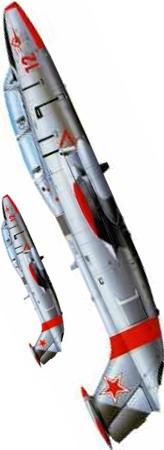|
|
|
 |
AEROBATICS |  |
| PULL-N-GGGGGs Aerobatics are just great fun. Dive to 377kts and pull 3 1/2 G. The loop will consume an area 5,000 ft in diameter. As can be appreciated the pull will last for ever and the correct breathing style needs to be practised to resist the G for when you want to start pulling tighter corners. All controls are manual and this helps with G control. Pulling 6 G really is very physical with both hands needed on the stick, pull hard, tense hard = no grey out!! Rolls with up to 3/4 aileron can be done with one hand. To get the quickest roll rate use both hands. The rate of roll is about 120'/second. The L-29 has full anti-G suit hookups. When using the anti-G suit, physically managing a high G stress really is simple. At about 1 1/2 G the suit starts to inflate and restrict the blood flow to the legs preventing all the blood in the upper body from "escaping". As Stress is added the anti-G valve continues to open exerting more pressure. This should allow enough blood to keep the brain fed and remain conscious. Just a pointer if at any time during aerobatics (whatever the aircraft) your vision starts to grey in from the sides "tense harder" and if that does not work relax the stick pressure. "Yes, I am awake" For an instant roll inverted! Now, you might say "what happens if I am pointing at the ground". Well, relax the stick and fly to miss the ground. If you can't do that remember sight goes first, then sound, and then consciousness. You will be able to fly in this "grey area" to save your life as a last resort. |
 |
|
Run and Break Manuever Email Me! Links to Other Sites |
|